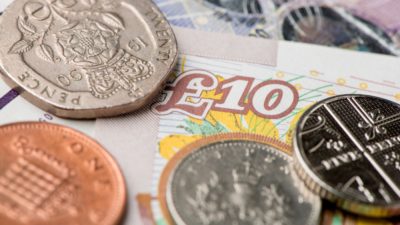Woodbois (LSE:WBI) shares have had their ups and down but they remain popular with smaller investors. From January to September, the company’s stock was the sixth most traded on AIM.
Even so, the share price of the sustainable wood producer is down nearly 50% over the past six months. So will I buy?
Trying to see the wood for the trees
Warren Buffett advises we only invest in companies that we understand. How easy is that? Well, revenue and profit are straightforward, but these are just two measures of performance.
More illuminating information is often found lower down in a company’s balance sheet. Woodbois is a perfect example of this.
A brief history
At the end of 2021, it valued its forestry at $337m, nearly five times greater than its market cap, suggesting its shares are undervalued. However, on a closer look, things become more blurred.
Do bear with me here as it can get a little numbers-heavy, but I think it’s important for understanding the company.
Woodbois first recognised trees on its balance sheet in 2013. Following a detailed review of its holdings, the directors said: “This is the first year in which a fair value can be reliably assessed and therefore the standing timber can be fair valued.”
Accounting standards require directors to value biological assets using discounted future cash flows. Certain assumptions are made concerning the number of trees felled, timber prices, operating costs and discount rates. Using this method, the directors deemed the forestry owned was worth $162m.
In 2015, it acquired further concessions in Mozambique and judged that these had a fair value of $13m.
Two years later, a Danish forestry company was acquired. The purchase price was $7m and the trees purchased were valued at $53m. At the same time, following export restrictions being imposed, the existing portfolio of trees was written down by $35m.
In 2020, after applying the accounting standards referred to above, the directors assessed that the holdings in Gabon should be increased by $41m and the forestry in Mozambique reduced by $32m, resulting in a net gain of $9m.
The following year, Woodbois paid $1.5m for a company that owned 71,000 hectares of forest concessions. This was immediately included on its balance sheet at a value of $128m. Woodbois claim the seller didn’t have sufficient funds to cut the trees.
What does this mean?
From 2013 to 2021, the company acquired forestry, for a minimal cash outlay, which it values at more than $300m.
The directors have done nothing wrong. They’re making estimates of the profit that the trees will generate over the remainder of the leases. But given the large numbers involved, the calculations are highly sensitive to the assumptions made.
For example, a 10% fall in the selling price of timber would result in a $42m reduction in the fair value of the concessions. A 10% decrease in the volume of trees that can be felled each year, would lead to a $35m write-down in the assets.
If both of these were to happen, the carrying value of the trees on the Woodbois balance sheet would need to be reduced by more than the stock market valuation of the company. That’s why I won’t be investing, even with the share price below 2.5p.







